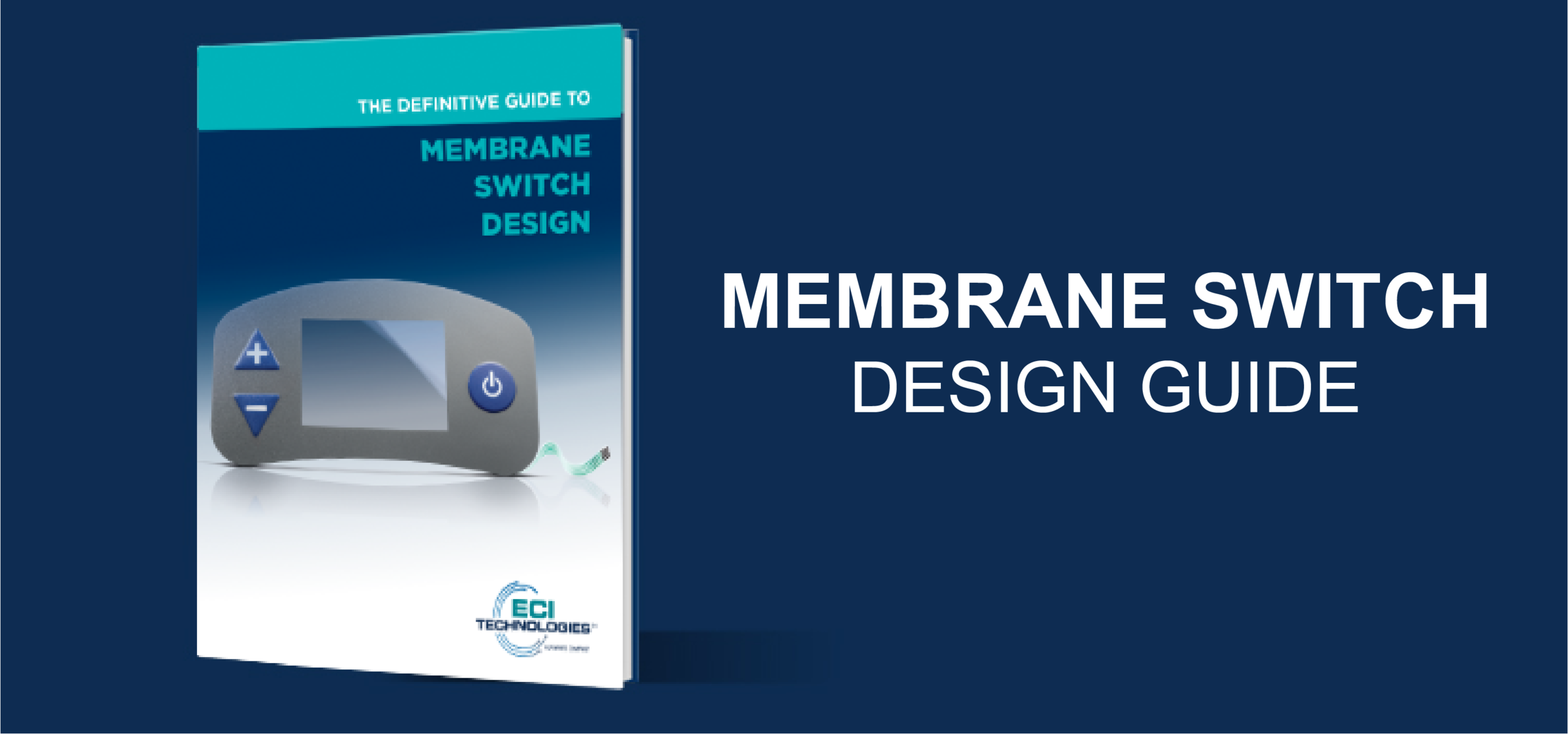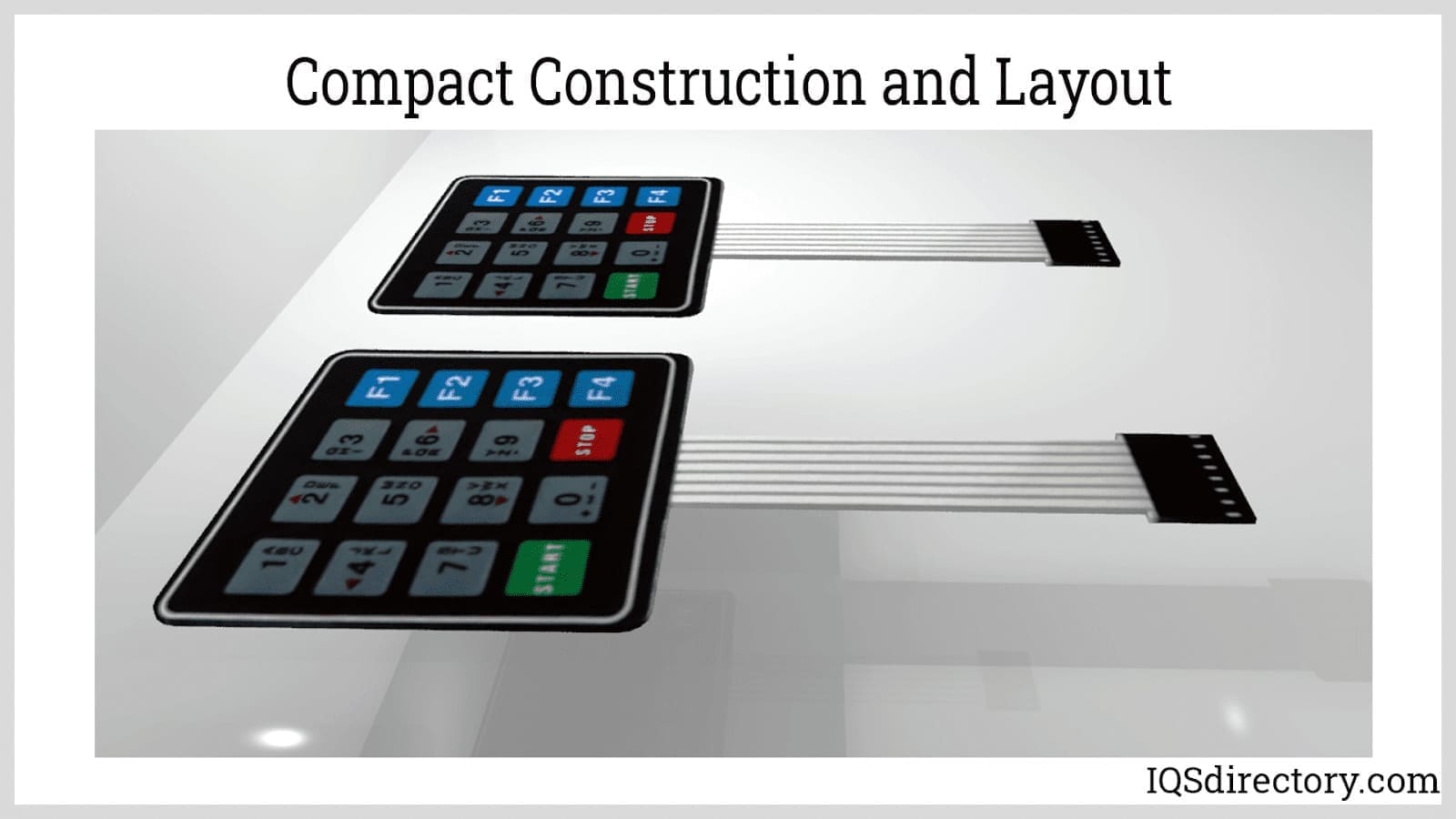Recognizing the Relevance of Membrane Switches in Customer User Interfaces
Membrane buttons are indispensable elements in the design of effective interface, facilitating not only capability yet likewise enhancing visual allure and individual interaction. Their distinct features, such as resistance to customizable layouts and environmental variables, make them appropriate for a diverse range of applications across numerous sectors. As we discover the different benefits and future trends associated with Membrane innovation, it becomes clear that these buttons are a lot more than just elements; they represent a convergence of innovation and practicality. The implications of this modern technology on customer experience are worth taking a look at further.
What Are Membrane Switches?

The spacer layer, which contains adhesive residential or commercial properties, enables the splitting up of the circuit layer from the overlay, making certain that the button stays in a non-activated state up until pressed. When stress is used to the overlay, it presses the spacer layer, connecting the gap and finishing the circuit in the underlying layer. This layout not just decreases the physical space needed for typical mechanical buttons however also enhances the durability of the tool, as Membrane switches are typically immune to dirt, wetness, and other ecological aspects.
Typically found in applications varying from customer electronics to clinical gadgets, Membrane buttons are essential to modern innovation, giving a effective and user-friendly user interface that lines up with contemporary style requirements.
Benefits of Membrane Buttons
While numerous button technologies exist, Membrane Switches offer distinctive advantages that make them specifically desirable in different applications. One of the main advantages of Membrane buttons is their compact style, which permits for space-saving applications in tools where property is restricted. Their slim profile not just enhances aesthetic allure but likewise assists in lightweight building.
An additional substantial benefit is their resistance to ecological aspects. Membrane switches are commonly sealed against dampness, dirt, and contaminants, making them suitable for usage sought after atmospheres, such as clinical tools and industrial devices. This longevity extends the lifespan of the switch, minimizing upkeep costs and enhancing dependability.
Additionally, Membrane buttons can be tailored to meet particular style demands, including one-of-a-kind graphics and shades that enhance user interaction. Their tactile feedback options can likewise be tailored to offer a satisfying user experience. Additionally, Membrane switches are cost-effective, particularly in high-volume applications, as they can be produced efficiently.
Applications in Various Industries

In the consumer electronics field, Membrane switches prevail in gadgets such as microwaves, washing equipments, and push-button controls. Their tactile responses and aesthetic options boost user experience while giving a smooth, modern appearance. Furthermore, automotive suppliers use Membrane switches in control panel controls and infomercial systems, where space is restricted, and user involvement is vital.
Moreover, the commercial sector leverages Membrane buttons in control panels for machinery and tools, enabling instinctive operation in usually severe settings. Their resistance to chemicals and wetness makes certain durability and integrity in these applications. In general, the flexibility of Membrane Switches adds significantly to their extensive use, making them vital in various technological domain names.
Design Considerations for Membrane Buttons

When making Membrane switches, a number of crucial factors to consider must be considered to make sure optimum functionality and user experience. First of all, the option of products is essential; selecting resilient, premium substratums can boost the button's long life and resistance to environmental factors such as moisture and temperature changes.
Secondly, the design of the graphic overlay should prioritize clarity and convenience of use. Icons and message must be clear, and the format needs to promote user-friendly interaction (membrane switches). Additionally, responsive responses is crucial; integrating a tactile dome or various other mechanisms can improve the customer experience by giving physical confirmation of activation
An additional essential factor is the button's electric efficiency. Developers must make sure that the conductive traces are appropriately created to lessen resistance and stay clear of signal interference. This involves analyzing the needed actuation force and ensuring compatibility with the digital elements they will certainly interface with.

Future Fads in Membrane Modern Technology
As technology proceeds to advancement, Membrane switches are positioned to evolve dramatically, driven by developments in products and manufacturing methods. One arising pattern is the unification of advanced products, such as adaptable substrates and conductive inks, which improve durability and decrease the total weight of Membrane switches. These products not just improve the tactile action but likewise enable for the layout of switches that can stand up to harsher ecological the original source problems.
Additionally, the assimilation of touch-sensitive technologies is transforming standard Membrane Switches right into more interactive interface. Capacitive touch sensors installed within Membrane button panels can provide a more intuitive and responsive user experience, lining up with the expanding need for streamlined, modern-day designs in consumer electronics.
Additionally, developments in printing methods, such as electronic and 3D printing, make it possible for quick prototyping and modification of Membrane switches. This flexibility allows producers to respond much more rapidly to market demands and consumer preferences.
Finally, sustainability is ending up being a considerable focus, with producers checking out environment-friendly products and procedures. As these patterns unfold, the future of Membrane technology promises enhanced functionality, visual allure, and ecological obligation, solidifying their role in advanced interface throughout numerous sectors.
Verdict
Finally, Membrane Switches represent an essential part in the style of individual interfaces, combining capability with visual versatility. Their advantages, consisting of longevity and resistance to ecological elements, make them suitable for varied applications throughout various sectors. Visit Website Thoughtful layout considerations boost individual interaction and experience. As innovations in modern technology continue, the advancement of Membrane switches is anticipated to additional improve interface, driving innovation and boosting functionality in a progressively intricate technical landscape.
Membrane switches are essential parts in the design of efficient customer interfaces, facilitating not only capability but likewise boosting visual appeal and individual communication.Membrane Switches serve as an important part in numerous customer interfaces, assisting in a smooth communication between individuals and electronic tools.While countless switch technologies exist, Membrane Switches offer unique benefits that make them specifically desirable in various applications.Furthermore, Membrane switches can be personalized to fulfill details layout requirements, incorporating distinct graphics and colors that improve individual communication.In final thought, Membrane Switches represent a crucial element in the style of individual interfaces, integrating performance with visual versatility.